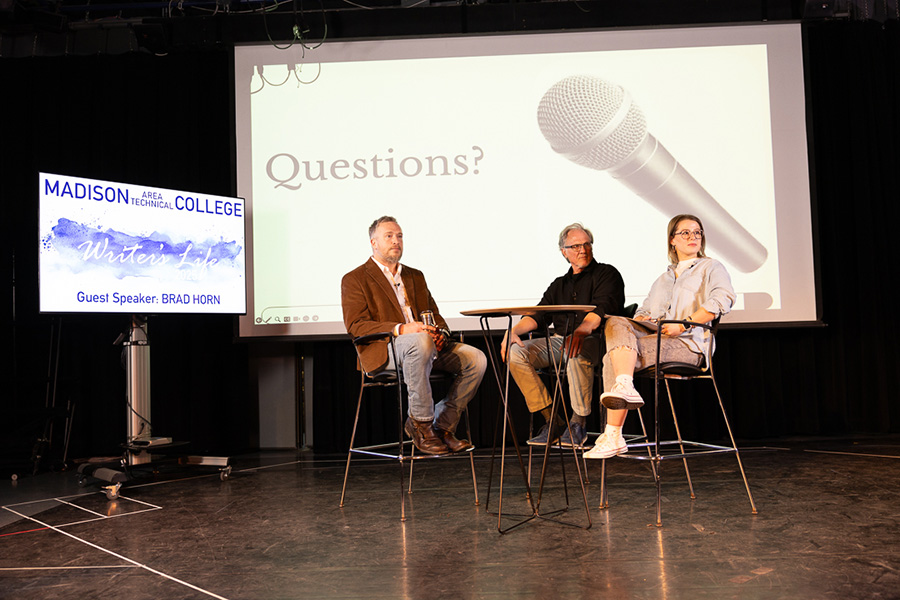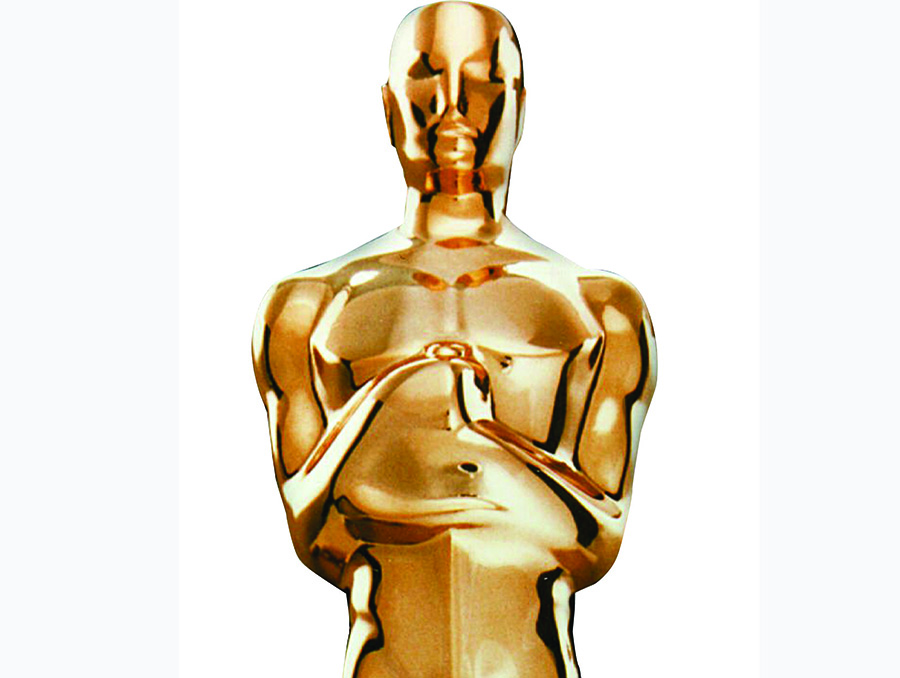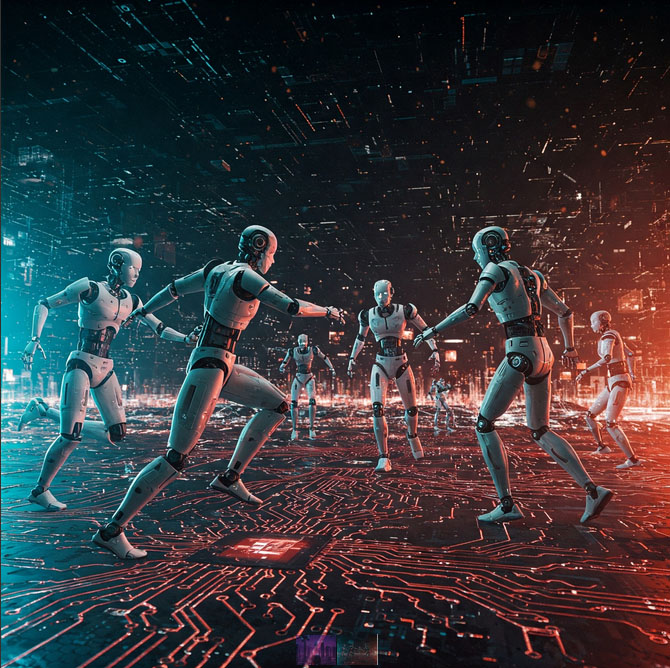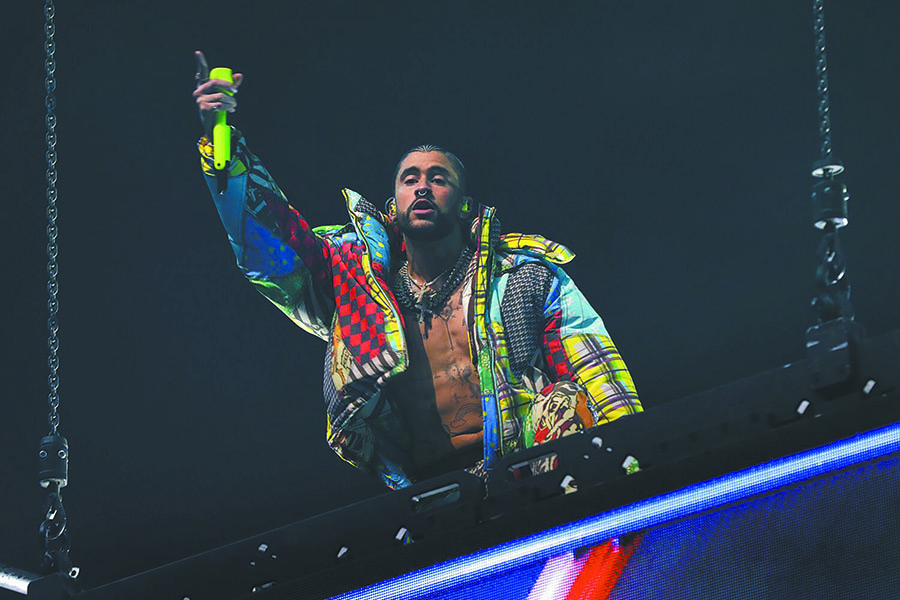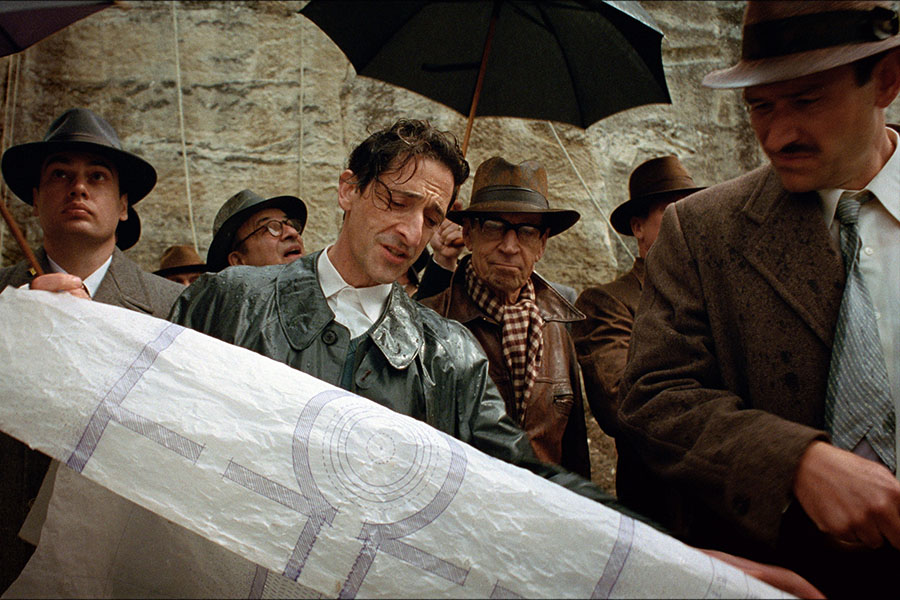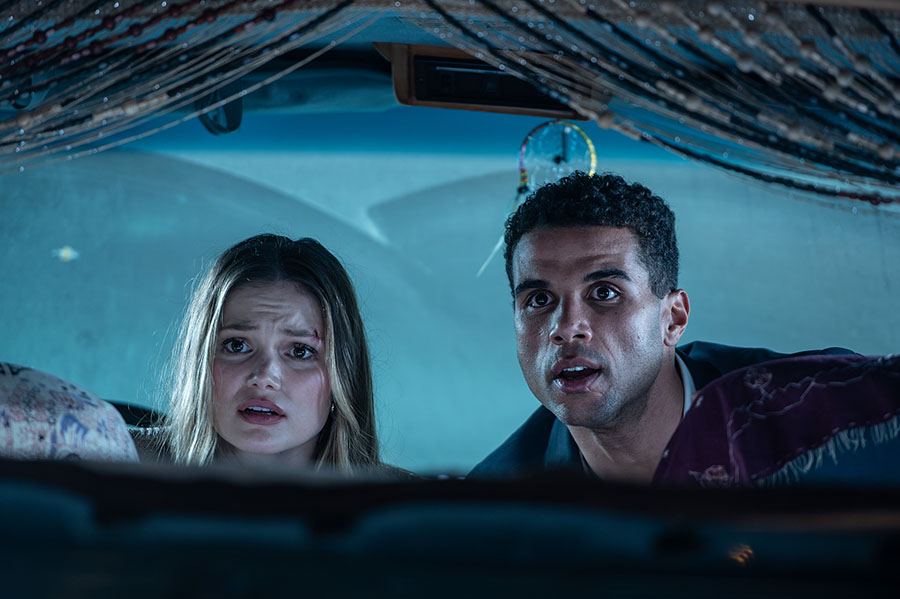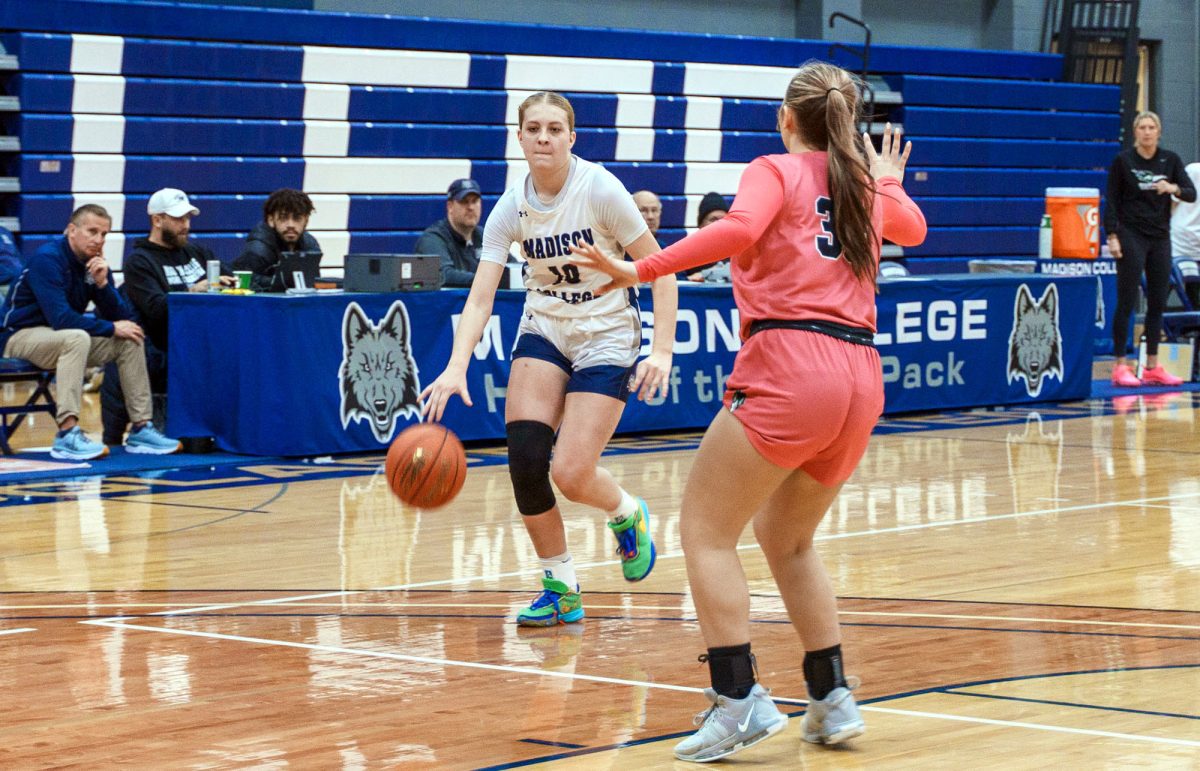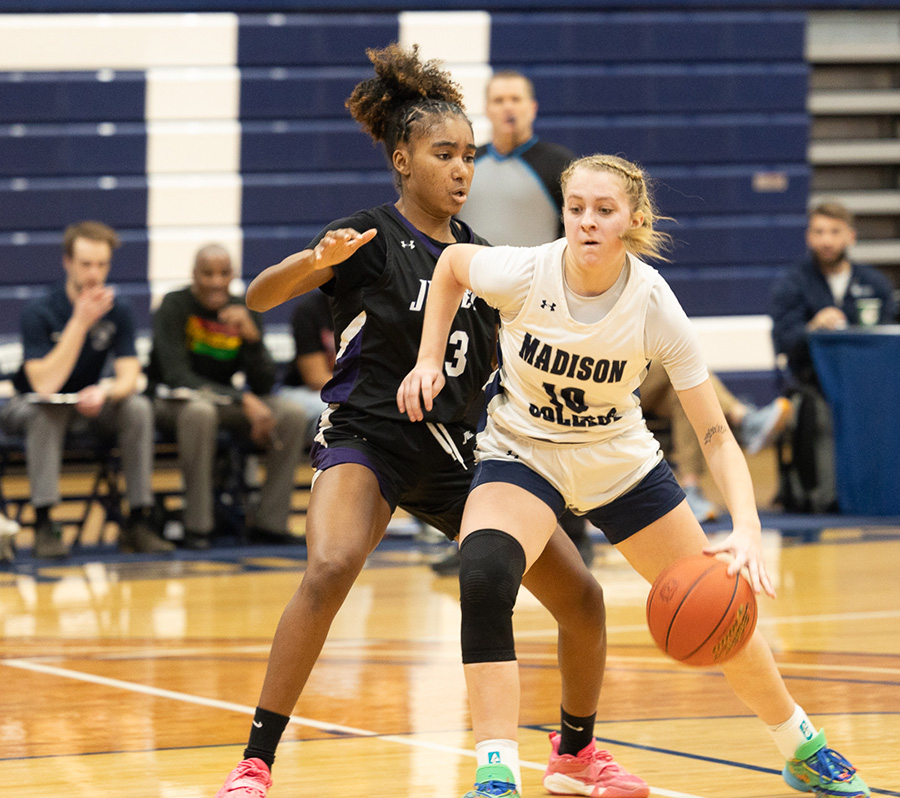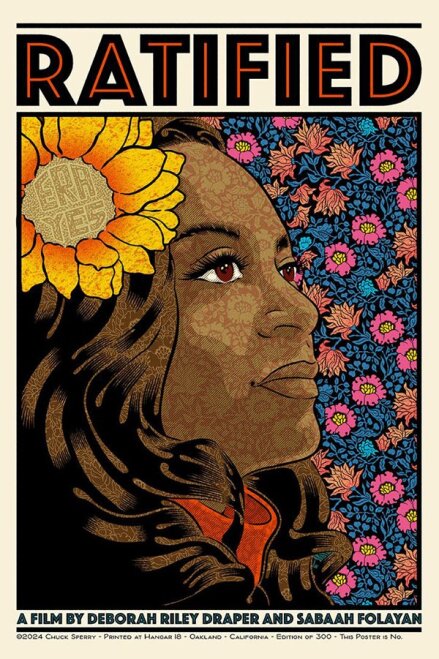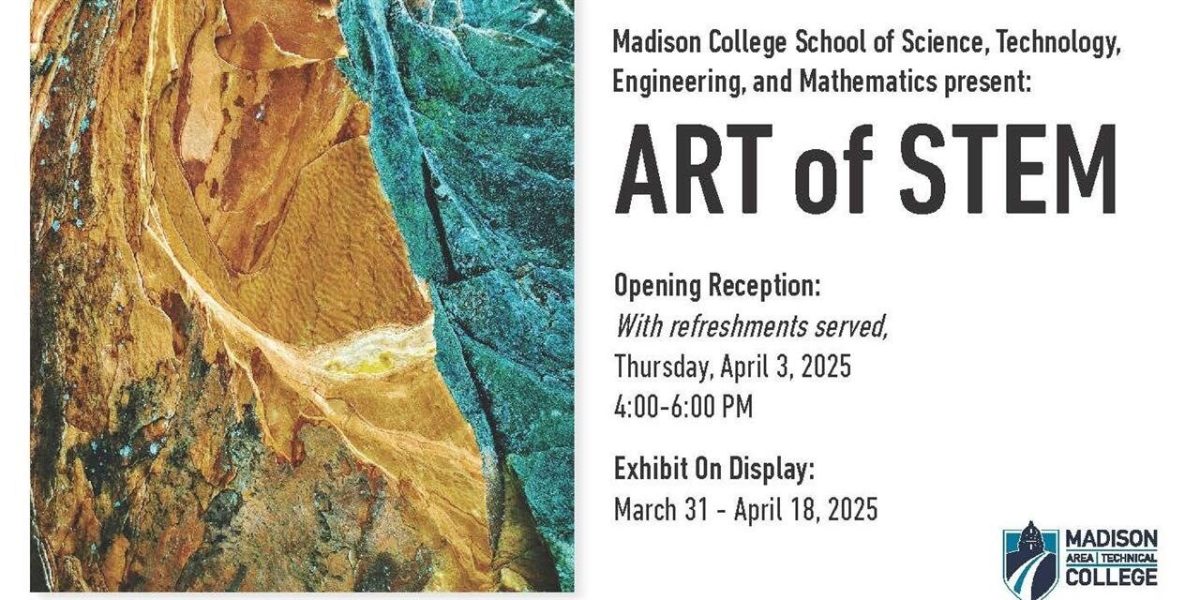Eggers debuts 2nd film “The Lighthouse”
October 31, 2019
The follow-up to Robert Eggers’ 2015 debut, ‘The VVitch,’ tells a different tale set in the 1890s. Two lighthouse keepers, Robert Pattinson and Willem Dafoe as Ephraim Winslow and Thomas Wake, reside on a mysterious and secluded island in New England. ‘The Lighthouse’ gifts its audience with a ravenous progression of events, striking cinematography, and two stellar performances by the main characters. Robert Eggers describes the film as “the literary genre of a weird book.”
Winslow is the quiet newbie who takes orders from Wake–the older, quick-tempered, eccentric who performs all the strenuous work and upkeep for the lighthouse. Winslow refuels the light, hauls heavy kerosene barrels up the stairs, and scrubs the floor. However, there is an exception to his work–he’s forbidden to go to the top of the lighthouse. There’s enchantment in the light.
The lighthouse, the storms, and the stressful, deprived conditions of the setting are meant to highlight the film’s main focus: the main characters’ descent into madness. The light consumes Winslow and Wake until their reality slowly becomes a dizzy hallucination of quarrels, dancing, gaslighting, masturbation, and lies; an overbearing, honking siren in the background never seems to stop.
There are elements of the film that feel real and other elements of the film that defy reality. A one-eyed seagull pecks at Winslow’s calf at one point in the story, but what of a giant tentacle that chokes him? There is a mermaid- is she real, or did the mermaid figure that Winslow found in his mattress manifest itself as a visual hallucination?
The aspect ratio of the film is square-like. The black and white scheme is reminiscent of silent films and old classic Swedish cinemas. Eggers has cited Ingmar Bergman as a personal inspiration numerous times throughout his career. Eggers’ devotion to old cinematic language reflects a style highly evocative of Bergman’s. “The VVitch” uses only natural lighting and simplistic cinematography.
“The Lighthouse” looks like a film that is several decades old. Presently, cinematic technology is at unimaginable potential and film cameras are sharper than ever. Nonetheless, Eggers prefers to use 35mm film, and revert to old-fashioned aspect ratios, color, and light.
Like most writers and directors, Eggers carries similar themes throughout his work. ‘The Lighthouse’s’ Ephraim and ‘The VVitch’s’ Thomasin are both plunged into unescapable situations. Animals, such as black goat and a one-eyed seagull, taunt the main characters in both ‘The VVitch’ and ‘The Light Belongs to Me.’
It is evident that this film would not be as remarkable as it is without Pattinson’s and Defoe’s performances. Pattinson’s performance in ‘The Lighthouse’ is gritty and raw, but it is outstanding.
Dafoe’s forceful monologue evokes a stage play, and allows for the viewer incorporate themselves into the scene.



